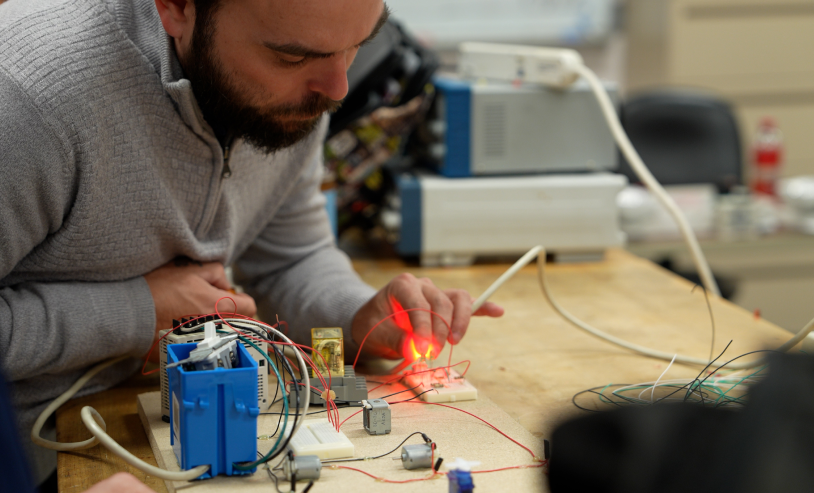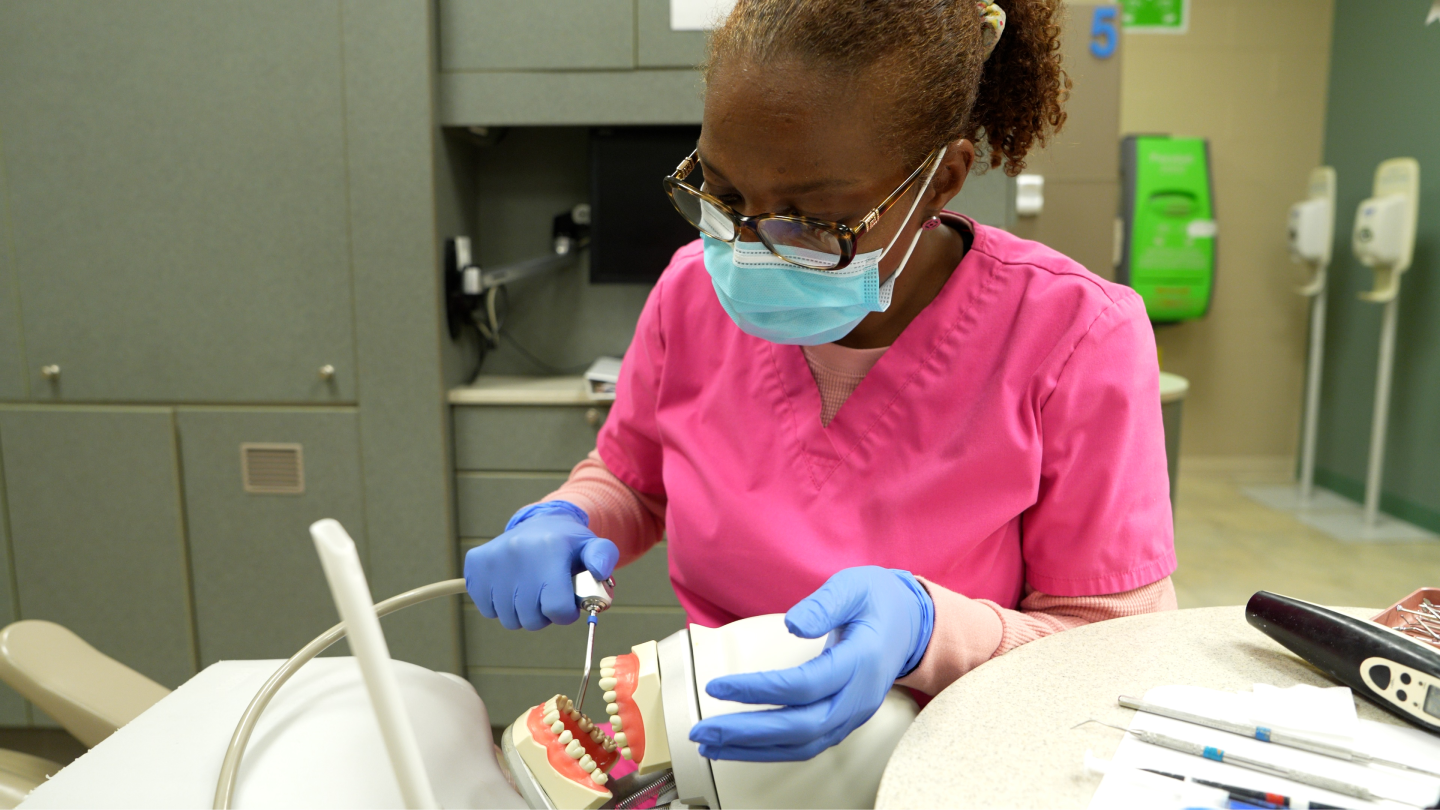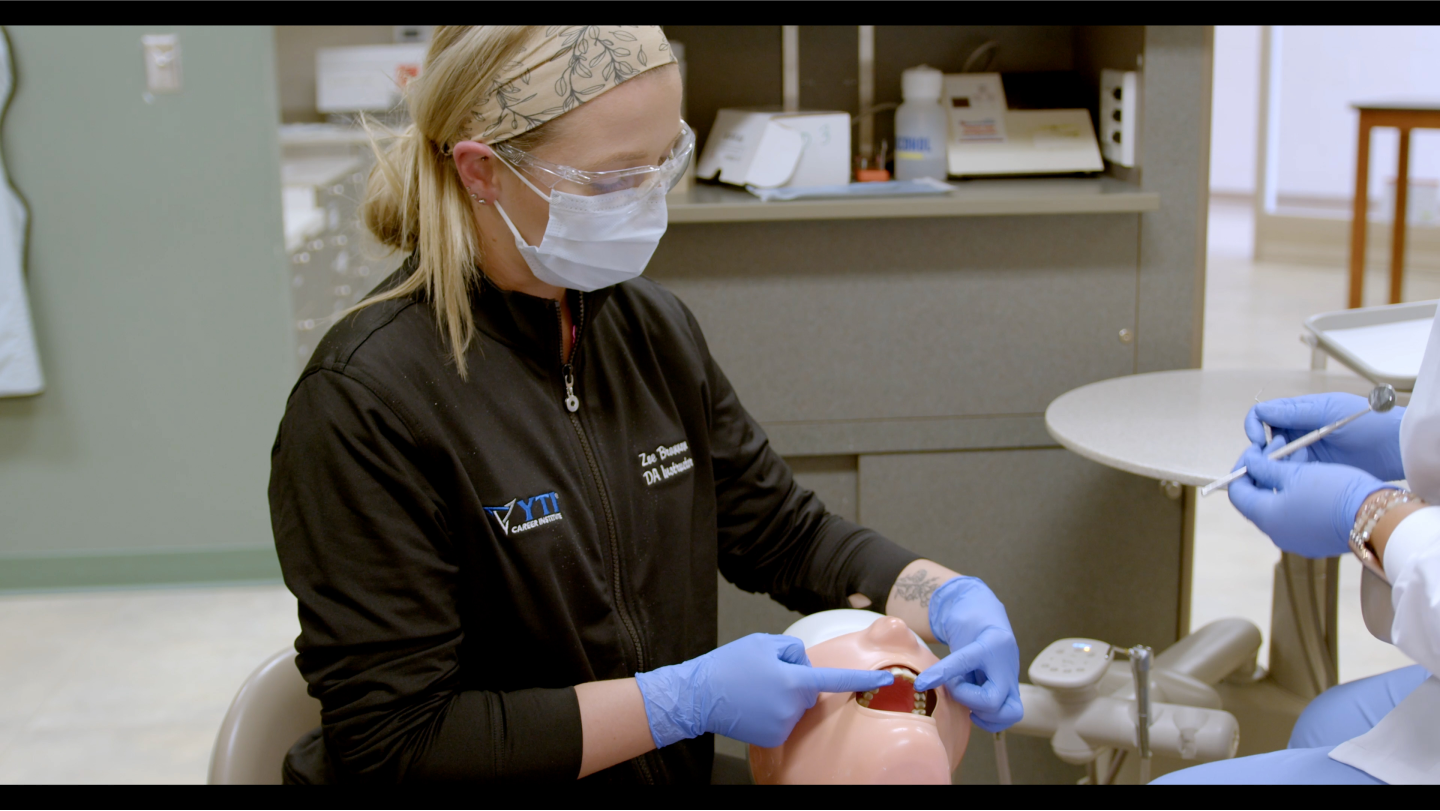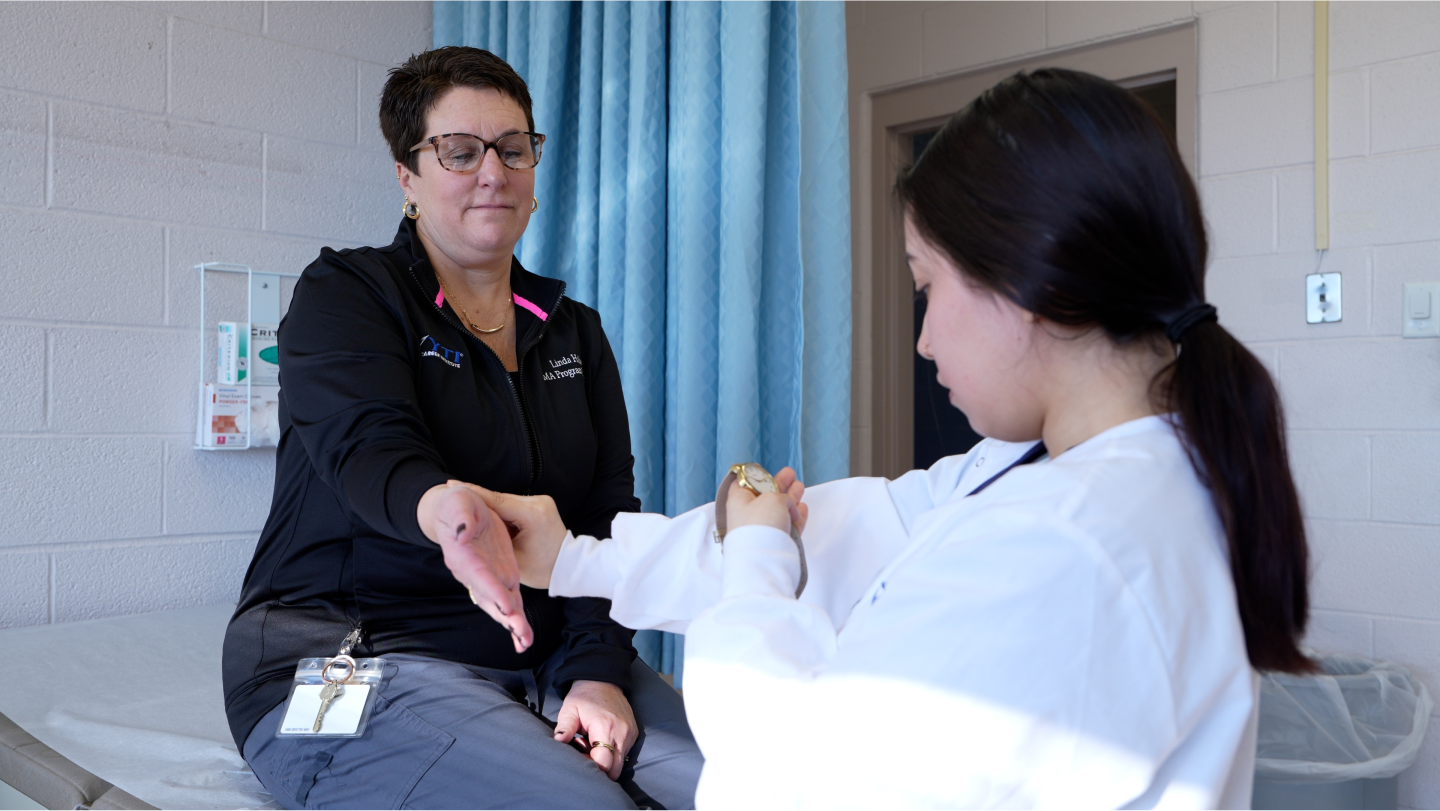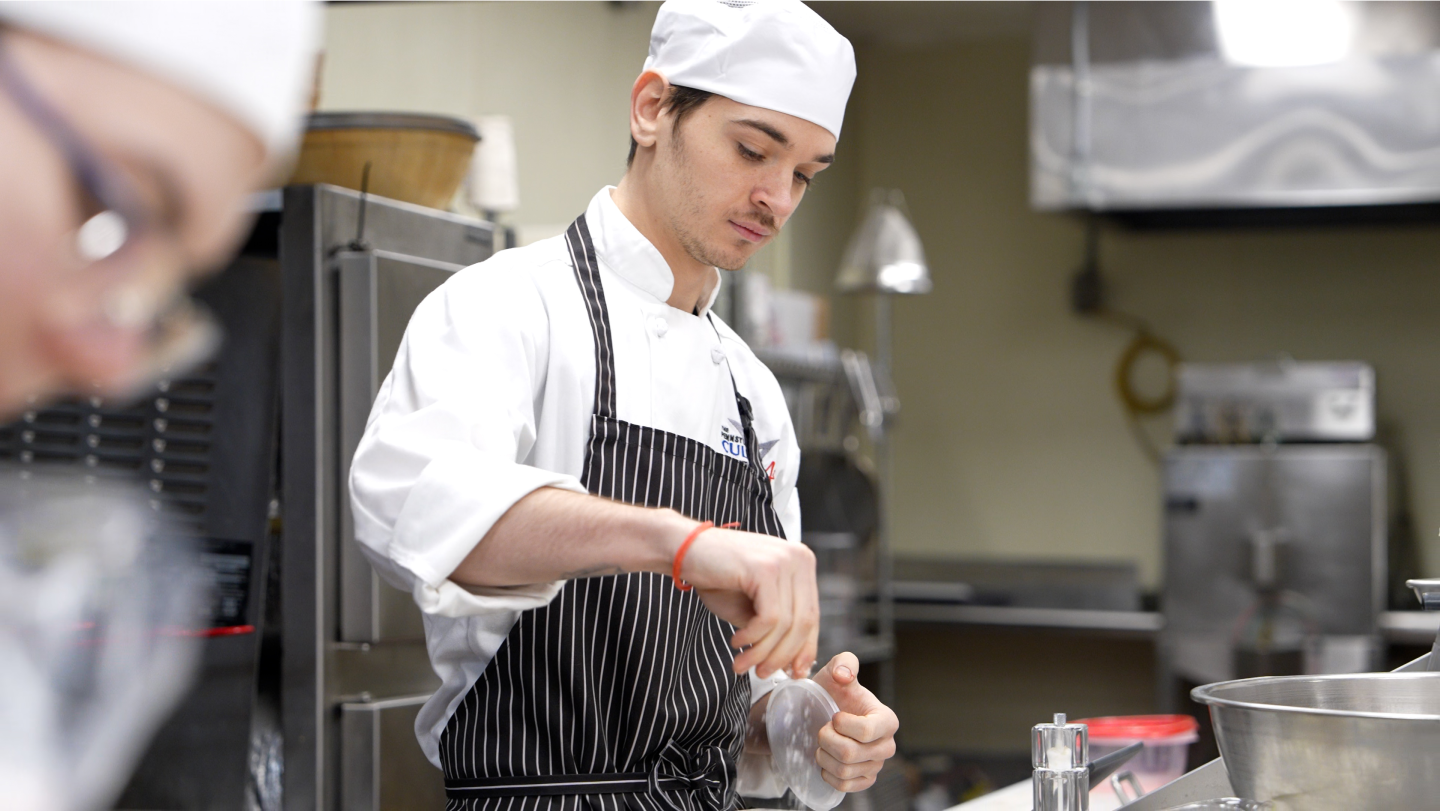We are no longer accepting new enrollments for the Medical Assistant program at our YTI York Campus. However, we encourage you to explore our Medical Assisting Diploma program.
Depending on the office size and specialty, a Medical Assistant could be handling both administrative and clinical duties. For some, front office work like, greeting patients, scheduling appointments, completing medical records and billing, can be a preferred aspect of the job. Others may choose to focus more on the hands-on aspect of patient care like recording vital signs, preparing patients for examination and basic lab procedures.
Fast Facts
- Hybrid Program – Lecture online, labs on campus
Offered at: York, PA - Degree: Associate in Specialized Technology
- You can earn your Phlebotomy, CPR Certifications – First test fee cost included
- A ten week externship in actual medical facilities will prepare you with the on-the-job skills you’ll need as an important part of any medical team.
- Classes taught by instructors who have actually worked in the field – so you benefit from their real-world knowledge.
How/When to Apply
We start new sessions on a regular basis.
Next Start Date:
At YTI Career Institute, we’re making it easier than ever for you to enroll using our automated application portal. Upload your documents and start the financial aid process without the hassle of drawn-out application processes. And our admissions staff is still available to help you every step of the way. Taking control of your career just got easier!
Is a Rewarding Medical Career Right for You?
Take the “YTI Medical Career Training Readiness Quiz”
The fun, online quiz takes 3 minutes to complete and you’ll get a personalized report. Identify your strengths and social style plus the training and positions you’re best suited for.
Can I Afford It?
There are federal, institutional and private programs that can make your career training more affordable, as well as grant and scholarship opportunities that may be available to you.
Will I Get A Job?
While employment is not guaranteed, our Career Service Advisors are dedicated to helping you find the right job for you! We’ll help you with your job search, and also with resume and cover letter writing, and interviewing skills.
LEARN WITH US
Why YTI?
Instructors
At YTI, you’re taught by instructors who have actually worked in the field – so you benefit from their real-world knowledge.
Industry-modeled Training
YTI’s Medical Assistant program combines qualified instruction with the medical facilities, equipment and instruments you’d find on your first day of work.

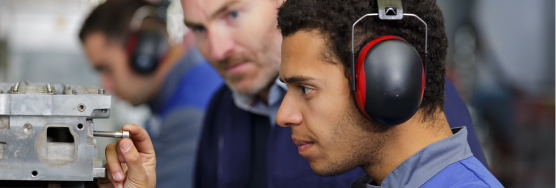
Externship
A ten week externship in actual medical facilities will prepare you with the on-the-job skills you’ll need as an important part of any medical team.
Job Placement Assistance
While employment is not guaranteed, our Career Services Department networks with prospective employers to match businesses that have employment needs with YTI graduates suited for those positions.

Accreditation
YTI Career Institute is accredited by the Accrediting Commission of Career Schools and Colleges (ACCSC).
Your education, your time
What sets us apart
Get the Details
Contact us
Learn
Career training for today’s jobs
At YTI our Mission is to support committed students in achieving the technical and professional skills essential for their chosen career through industry-modeled, student-centered education and training.
Find out
Are You Career Training Ready?
Identify goals, personal strengths and important facts about your potential career path so you can make an informed decision about your future. It takes just a few minutes!


